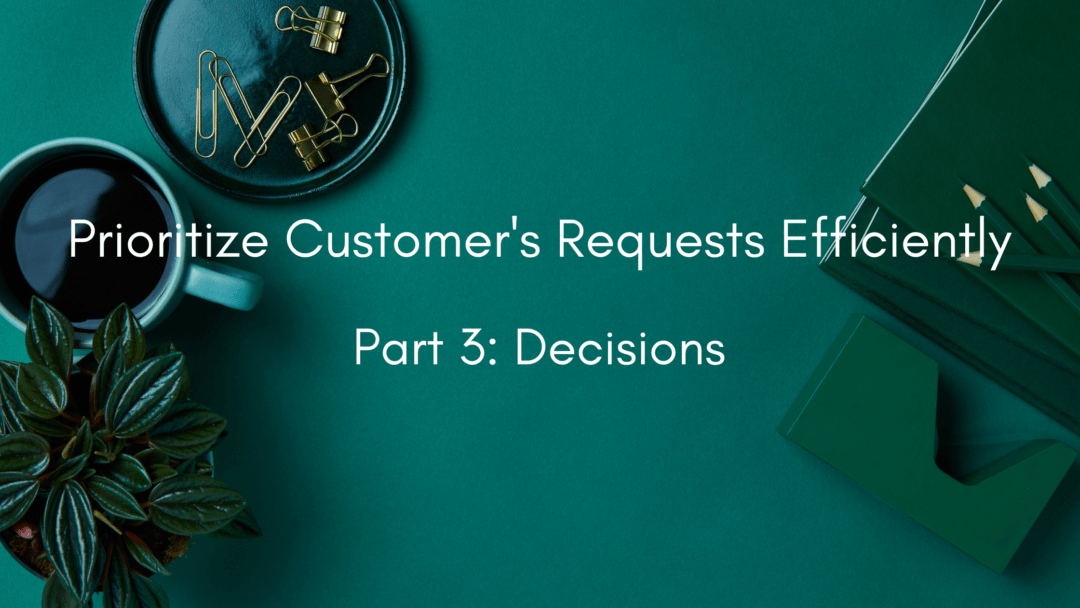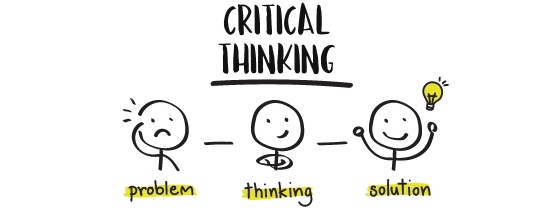In the previous parts we have done the heavy lifting – got clarity and came to conclusions. In the third and last part we are going to discuss practical prioritization mechanisms and tools. We will also touch sensitive topic how to communicate changes in priorities.
Let’s assume that you have list of clear customers’ requests. You can articulate why they are important and what is the actual need behind the request. They may look like equally important, but they are not. When everything is a priority, then nothing is a priority.
We need to introduce additional dimension(s) and rank items from our list according them. It is not a rocket science and plenty of tools are available for that. So, here we will touch only tiny percentage of them.
Continue reading

